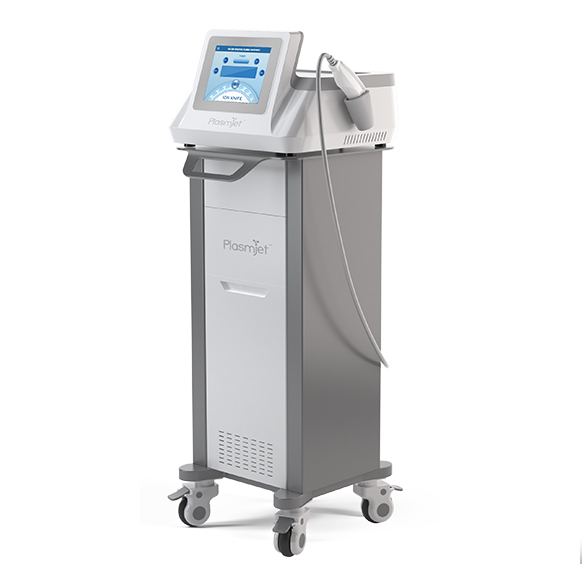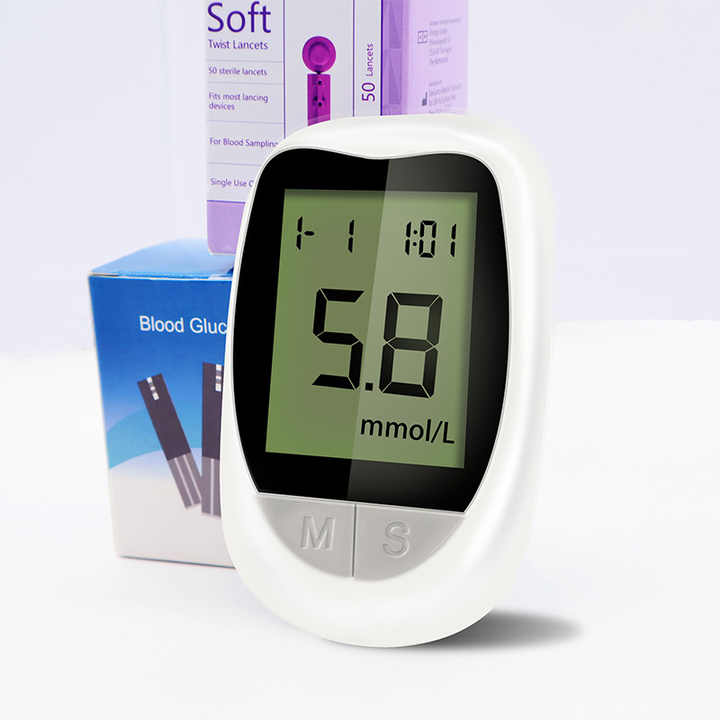How to apply lithium-ion batteries in energy storage systems?
Lithium-ion batteries come in a variety of sizes and in two basic shapes:
cylinders and rectangular prisms. Cylindrical cells are usually housed in steel
cases, while prismatic cells may be housed in aluminum alloy casings or in
airtight pouches made of multi-layer polymer sheets, forming so-called square
cells.
The nominal voltage of a lithium-ion battery is determined by the specific
combination of positive and negative materials, and the energy is determined by
the positive and negative materials and sizes. A single lithium-ion battery can
be directly used in electronic consumer products such as mobile phones. To
provide the higher capacities and operating voltages required for larger-scale
applications, multiple cells can be connected in different series and parallels,
resulting in battery modules and battery packs.

(Schematic diagram of lithium battery energy storage system)
A 1 MW energy storage system will have about 3,000 batteries (take 100 Ah
as an example), which is about the capacity of about 80,000 batteries in 10
Tesla electric vehicles, because the capacity of the single cell used by Tesla
is not high.
Pack: Many battery cells can be stringed and combined together to form a
module. A battery module usually has at least 100 batteries, which is more
convenient to manage. The pack factory is responsible for the assembly
technology and process of this section. When they make the module, they will
establish the first layer of small battery management system, and also design
the fire protection mechanism to prevent the burning between the battery cells.
This part is also one of important rings to pass international safety
certifications such as IEC and UL.
Battery cabinet and battery management system (Rack and BMS): 14~21 strings
of battery modules are put away like a drawer, which is a battery cabinet. In
order to manage battery cells and modules, a higher-level battery management
system is required to give battery commands, it knows how to act. BMS is a
real-time monitoring system composed of electronic circuit equipment. It can
monitor the voltage, temperature, SOC, SOH status of cells and battery packs.
The battery management system will check the status of each battery cell from
time to time and try to maintain the balance between the battery cells.
Power Conditioner (PCS): It is the key to connecting the battery cabinet
and the grid application. It can be converted in both directions. Discharge is
to convert the DC power of the battery into the AC power of the grid, and
charging is to convert the AC power of the grid into the DC required by the
battery. energy and store it. The power conditioner needs to connect various
communications between the battery management system and the energy management
system, and the complexity of the collection and transmission is quite high.
Energy Management System (EMS): Whether it is energy saving, energy
creation, energy storage, or smart system integration, as long as it involves
the integration of many electrical equipment, power generation equipment, and
energy storage equipment, an energy management system is required. Energy
systems are no exception.
In the energy storage system, the energy management system is a complete
monitoring system covering the controller. In addition to managing when the
power regulator is charged and discharged, it also includes monitoring the
ambient temperature and humidity of the battery storage, fire protection system,
access control system, etc., which is equivalent to the brain of energy storage
system.
The energy management system needs to be able to communicate with the
battery management system and power conditioner. If the scheduling is not good,
there may be loopholes in the safety design, which is one of the reasons for the
fire accident of energy storage batteries in South Korea.
Energy storage system and system integration (SI): The energy storage
system is not like an electric vehicle, and more often requires a customized
design. After all, each application scenario that requires an energy storage
system is different. Therefore, it is necessary to choose a system integrator to
assemble and operate the entire energy storage system effectively. A system
integrator typically develops an energy management system to ensure that the
various parts it purchases perform well.



































